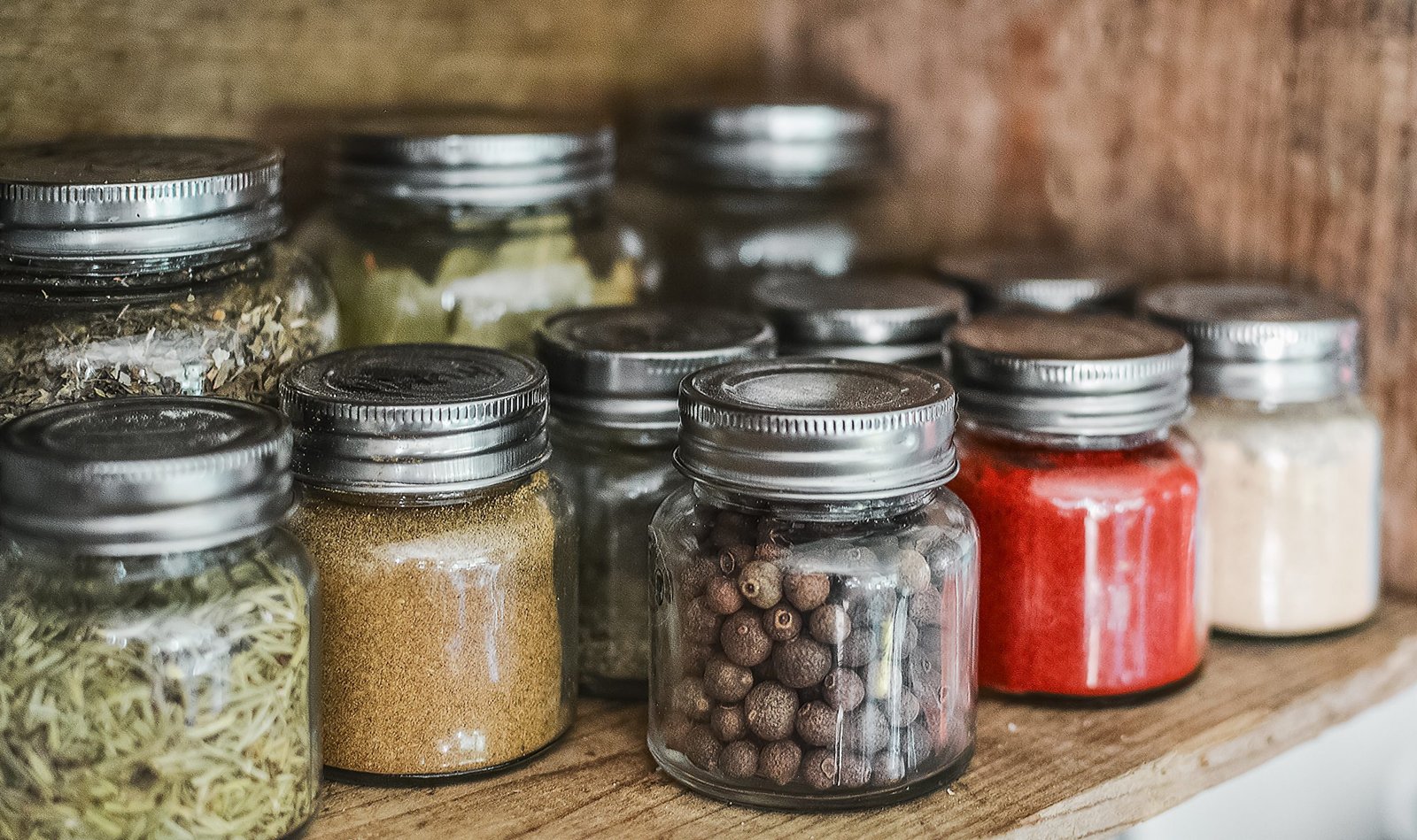Thanksgiving is just around the corner, and if you’re wondering how to impress your guests with a delicious and perfectly smoked turkey, look no further. This article will guide you through the step-by-step process of making a mouthwatering smoked turkey that is sure to be the star of your Thanksgiving feast. From selecting the right turkey to preparing a flavorful brine, we’ve got all the tips and tricks you need to create a show-stopping centerpiece for your holiday table. So, grab your apron and let’s get started on this culinary adventure!

Choosing the Right Turkey
When it comes to making smoked turkey for Thanksgiving, one of the first things you need to consider is choosing the right turkey. Size matters, as you’ll want to make sure you have enough to feed all your guests. A general rule of thumb is to plan on about 1 pound of turkey per person. So if you’re expecting 10 guests, aim for a 10-pound turkey.
Another decision you’ll need to make is whether to go with a fresh or frozen turkey. Fresh turkeys tend to have a more robust flavor and are generally more tender. However, they can be harder to come by and may be more expensive. On the other hand, frozen turkeys are more readily available and can be purchased well in advance. Just be sure to allow enough time for thawing if you choose a frozen turkey.
Brining the turkey is another important consideration. Brining involves soaking the turkey in a mixture of salt, sugar, and various seasonings to ensure it stays moist and flavorful throughout the smoking process. If you opt for a frozen turkey, make sure it has been properly thawed before you brine it. You can find many recipes and brine variations online to suit your taste preferences.
Lastly, don’t forget to remove the giblets from the turkey cavity. These organs, including the heart, liver, and gizzard, are often packaged inside the bird and need to be taken out before smoking. Keep them if you plan on using them for gravy or discard them if you have no use for them.
Preparing the Turkey
Once you’ve chosen the perfect turkey, it’s time to prepare it for smoking. Thawing the turkey is an essential step if you’ve opted for a frozen bird. It’s best to thaw the turkey in the refrigerator, allowing 24 hours of thawing time per 4 pounds of turkey. If you’re short on time, you can thaw it using the cold water method, which involves placing the turkey in a leak-proof plastic bag and submerging it in cold water.
After thawing, it’s important to rinse the turkey thoroughly to remove any excess brine or unwanted substances. Make sure to clean both the exterior and the cavity of the turkey. Once rinsed, pat the turkey dry with paper towels to remove any excess moisture. This step is crucial to ensure the skin gets crispy during the smoking process.
To season the turkey, you can use a combination of herbs, spices, and other flavorings. Create a dry rub by mixing together salt, pepper, garlic powder, paprika, and any other seasonings you prefer. Alternatively, you can opt for a wet marinade by combining ingredients such as olive oil, lemon juice, and herbs. Apply the seasoning generously all over the turkey, including under the skin and inside the cavity.
Setting up the Smoker
Selecting the right type of smoker is a crucial step in achieving a perfectly smoked turkey. There are several options available, including charcoal smokers, electric smokers, and pellet smokers. Each type has its pros and cons, so it’s important to choose one that suits your needs and preferences.
Before starting the smoking process, it’s important to preheat the smoker. This ensures that the temperature reaches the desired level and remains consistent throughout the smoking process. Follow the manufacturer’s instructions for preheating, adjusting the vents or settings as necessary. Aim for a temperature between 225 to 250 degrees Fahrenheit (107 to 121 degrees Celsius) for smoking turkey.
Adding flavor to your smoked turkey can be done by using wood chips. Soak the wood chips in water for at least 30 minutes or longer to ensure a slower burn and to prevent them from catching fire. Once soaked, drain the wood chips and wrap them in aluminum foil, creating a pouch. Place the wood chip pouch directly on the hot coals or on the heating element of your electric smoker to release the smoky flavor.
Smoking the Turkey
Preparing the smoke box is an important step before placing the turkey in the smoker. The smoke box allows the turkey to absorb the smoky flavors while ensuring a consistent flow of smoke. Fill the smoke box with hardwood chips or pellets and place it in the smoker according to the manufacturer’s instructions. Light the smoke box or ignite the pellets, allowing the smoke to start billowing.
Placing the turkey in the smoker is the next step. Make sure to position the turkey with the breast facing up and the legs facing towards the back of the smoker. This helps to ensure even cooking and keeps the breast meat from drying out. Close the smoker lid or door, and avoid opening it frequently to maintain a steady temperature inside.
Maintaining the temperature is crucial for a successful smoked turkey. Monitor the temperature regularly using a probe thermometer to ensure it stays within the desired range. Adjust the vents or settings on your smoker accordingly to maintain a constant airflow and temperature. Remember that fluctuating temperatures can affect the cooking time and final result of your smoked turkey.

Monitoring the Cooking Process
Using a meat thermometer is an effective way to monitor the progress of your smoked turkey. Insert the thermometer into the thickest part of the turkey’s thigh without touching the bone. The turkey is ready when the thermometer reads 165 degrees Fahrenheit (74 degrees Celsius). This ensures that the turkey is fully cooked and safe to eat, while still being moist and flavorful.
Basting the turkey periodically throughout the cooking process can help keep the meat moist. Prepare a basting mixture using melted butter, broth, or your preferred liquid, along with herbs and spices for added flavor. Use a basting brush or injection syringe to apply the mixture to the turkey, making sure to cover the entire surface. Basting every 30 to 60 minutes is generally sufficient.
Rotating the turkey during the smoking process can help ensure even cooking and browning. If your smoker has hot spots, rotating the turkey allows different parts to experience the same amount of heat. This helps to prevent any areas from becoming overcooked or undercooked. Use heat-resistant gloves or tongs to carefully rotate the turkey once or twice during the smoking process.
Adding wood chips periodically can enhance the smoke flavor of your turkey. Make sure to check the wood chip pouch and replace it if it has burned out or is no longer producing smoke. If you want to intensify the smoky flavor, you can add a fresh pouch of soaked wood chips halfway through the cooking process. Experiment with different types of wood chips to find your preferred flavor profile.
Determining When the Turkey is Done
Checking the internal temperature of the turkey is the most reliable way to determine if it’s done. Insert a meat thermometer into the thickest part of the thigh without touching the bone. Once the internal temperature reaches 165 degrees Fahrenheit (74 degrees Celsius), the turkey is considered safe to eat. The juices should also run clear, indicating that the turkey is fully cooked.
Monitoring the color and texture of the turkey can also provide additional cues. The skin should be golden brown and slightly crispy, while the meat should be tender and juicy. Use a kitchen timer or set a reminder to check the turkey periodically to avoid overcooking. Remember that smoking times may vary depending on the size of the turkey and the temperature of your smoker.

Resting and Carving the Smoked Turkey
After the turkey is done smoking, it’s important to let it rest before carving. This allows the juices to redistribute throughout the meat, resulting in a more flavorful and moist turkey. Tent the smoked turkey loosely with aluminum foil and let it rest for at least 20 to 30 minutes before slicing. Use this time to prepare any accompanying side dishes or gravy.
Carving the turkey properly ensures that each slice is juicy and tender. Start by removing the legs and wings, followed by the breast meat. Use a sharp carving knife or electric knife to slice the meat against the grain for maximum tenderness. Arrange the slices on a platter, and don’t forget to save the bones for making homemade turkey stock or soup.
Serving and Storing the Smoked Turkey
Garnishing and plating your smoked turkey adds an inviting touch to your Thanksgiving feast. Consider garnishing the platter with fresh herbs, citrus slices, or even edible flowers for an elegant presentation. Serve the smoked turkey alongside your favorite side dishes, such as mashed potatoes, cranberry sauce, and roasted vegetables, to complete the traditional Thanksgiving meal.
When it comes to storing leftovers, it’s important to handle them safely to prevent foodborne illnesses. Allow the smoked turkey to cool completely before transferring it to airtight containers or resealable bags. Store the leftovers in the refrigerator, and consume them within 3 to 4 days. Alternatively, you can freeze the smoked turkey for longer storage, but be sure to use proper freezer storage bags or containers.
Tips and Tricks for a Perfect Smoked Turkey
Using a brine is a fantastic way to infuse flavor and ensure a moist turkey. Brining involves soaking the turkey in a mixture of salt, sugar, and various seasonings to enhance its taste and texture. Experiment with different brine recipes, such as apple cider brine or herb-infused brine, to elevate the flavor of your smoked turkey.
Injecting the turkey with a marinade can also add flavor and moisture. A marinade injector allows you to inject a liquid mixture directly into the turkey, infusing it with delicious flavors. Create your own marinade using combinations of broth, fruit juices, herbs, and spices, or try a pre-made injectable marinade for convenience.
Adding aromatics to the smoke box or water pan can impart additional flavor to your smoked turkey. Consider using ingredients like herbs, citrus peels, onion, garlic, or cinnamon sticks. These aromatic elements release their flavors into the smoke, enhancing the overall taste of the turkey. Experiment with different combinations to find your signature smoked turkey flavor.
Common Mistakes to Avoid
Skipping the brine is a common mistake that can result in a dry and flavorless smoked turkey. Brining helps to retain moisture and infuse the bird with flavors, creating a more succulent end result. Don’t overlook this step, as it can make a significant difference in the taste and texture of your smoked turkey.
Overcooking the turkey is another common pitfall to avoid. While it’s important to ensure the turkey reaches the minimum internal temperature of 165 degrees Fahrenheit (74 degrees Celsius) for safety, cooking it beyond this point can lead to dryness. Keep a close eye on the internal temperature and monitor the cooking time to achieve a perfectly cooked and moist smoked turkey.
Not checking the smoker regularly is another mistake to avoid. Maintaining a constant temperature throughout the smoking process is crucial for the best results. Fluctuating temperatures can affect the cooking time and may result in an overcooked or undercooked turkey. Stay vigilant and make adjustments to the vents or settings as needed to maintain a consistent temperature.
With these tips and tricks, along with a bit of patience and practice, you’ll be well on your way to creating a delicious and memorable smoked turkey for your Thanksgiving feast. Enjoy the process, savor the flavors, and delight your guests with a perfectly smoked turkey that will have them coming back for seconds. Happy smoking and happy Thanksgiving!
